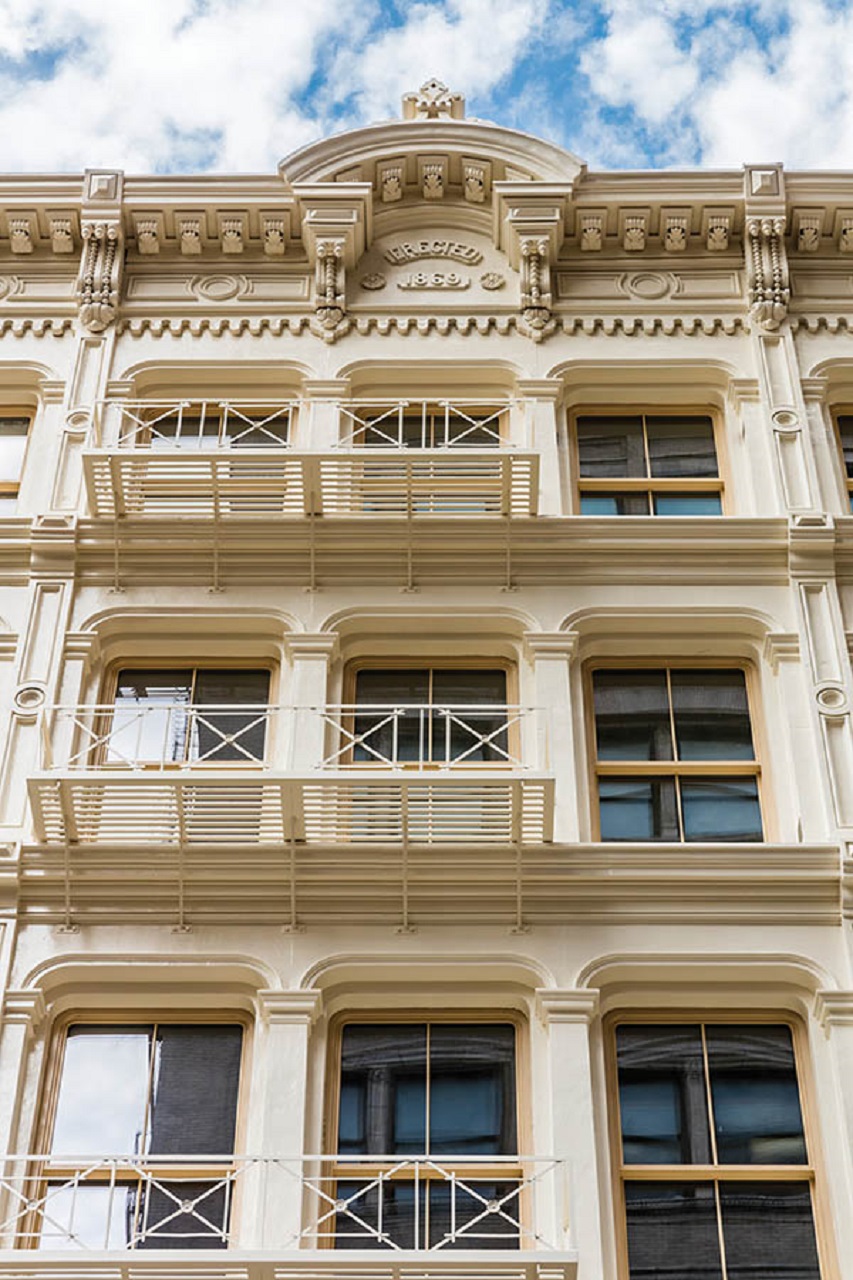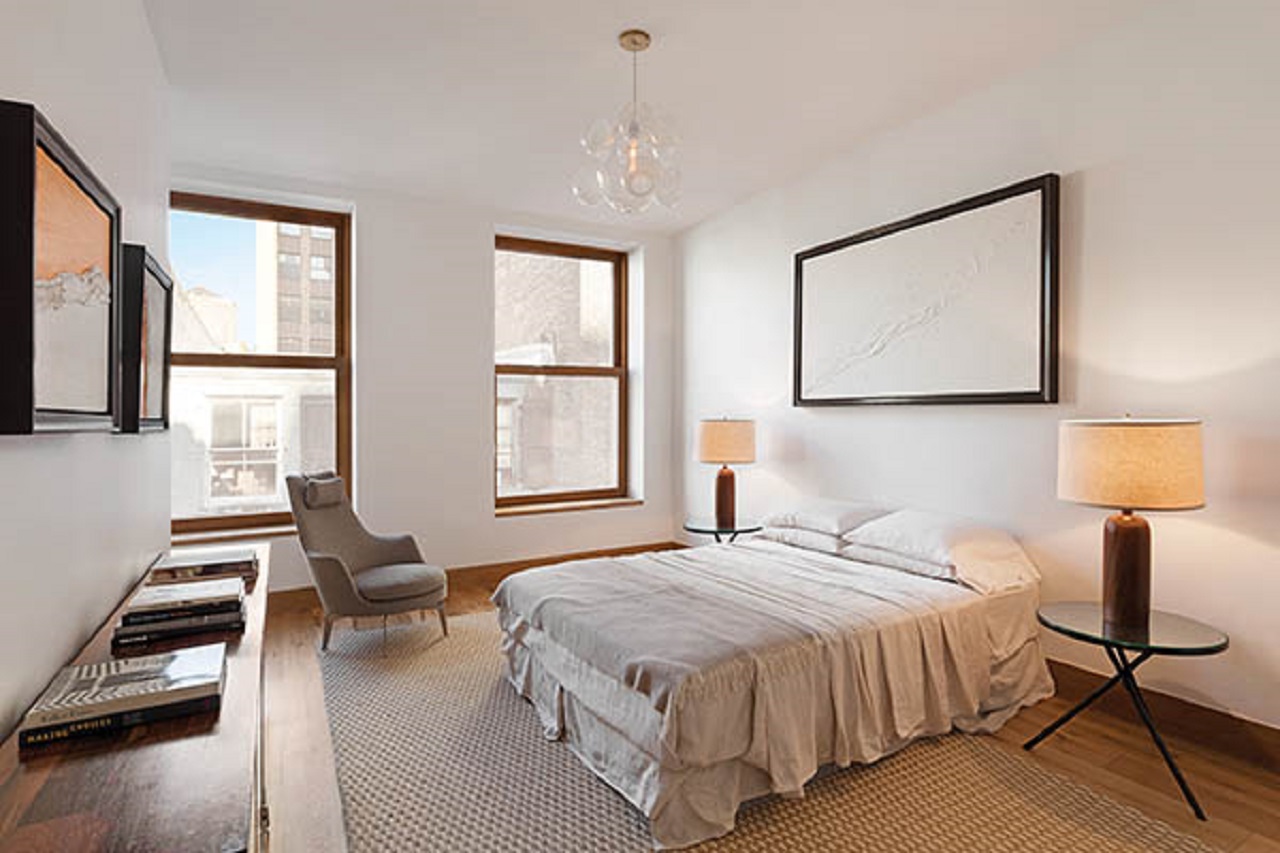Lofty Windows
Having lofty windows isn’t only for aesthetics purposes. Architectural renovation of an historical building uses Zola windows to provide modern energy efficiency.
Author:George EvansNov 29, 202339K Shares542.3K Views

Located in the heart of Tribeca, New York City, 60 White Street combines high-end design, lofty windows, and craftsmanship with the standards of architectural preservation and environmentally conscious construction.
The developer of this reimagined 1869 building - with a collection of eight residential lofts - is the Sorgente Group of America, New York.
With careful selection of materials and inspired interior design, the charm, character, and history of the landmark edifice is preserved and celebrated, while creating a modern loft experience.
The Zola Windows
Zola Windows from Steamboat Springs, Colorado, played a role in helping embrace and engender the Passive House construction standard.
They aided the transformation of a landmark-protected, large commercial building into an architecturally precise, low energy, high-performance facility.
For 60 White Street, a brand-new class of window was developed that pushed the technological envelope while replicating the look appropriate for a 146-year-old historic edifice.
Spanning three panes, Zola’s American Heritage SDH (Simulated Double Hung) window created a well-insulated, draft-free building envelope.
The replica-quality window is said to provide industry-leading airtightness and thermal performance, coupled with craftsmanship fitting a detailed historical restoration.
The Exceptional New York Lofts
60 White lofts provide large and gracious rooms with ample lighting in a modern and luxurious space.
Approximately 80 percent of the project’s materials were reused or maintained from the existing structure. The rest of the finishes were sourced locally, helping to breathe new life into the buildings.
Some of the local materials include:
- Vermont Danby Marble from Vermont Quarries Corporation in Mendon, Vermont
- a 300-year-old reclaimed oak from The Hudson Company, New York
The marble embodies the performance and durability of the project, while the reclaimed wood speaks to the natural and historical quality.
An important component of the project is the biophilia and the use of nature to improve the building’s living conditions, including a planted green wall in the lobby, which offers aesthetic charm while contributing to a healthy and natural ventilation system.
These materials help execute the vision of excellence, sustainability, and historical preservation - choosing to honor the past while building for the future.

George Evans
Author
George Anderson, an exceptional architectural designer, envisions and brings to life structures that transcend the realm of imagination. With an unwavering passion for design and an innate eye for detail, George seamlessly blends form and function, creating immersive spaces that inspire awe.
Driven by a deep appreciation for the interplay of space, light, and materials, George's innovative approach redefines the possibilities of architectural design. His visionary compositions leave an indelible mark, evoking a sense of wonder and transforming the built environment.
George Anderson's transformative designs and unwavering dedication continue to shape the architectural landscape, pushing the boundaries of what is possible and inspiring generations to come.
Latest Articles
Popular Articles
